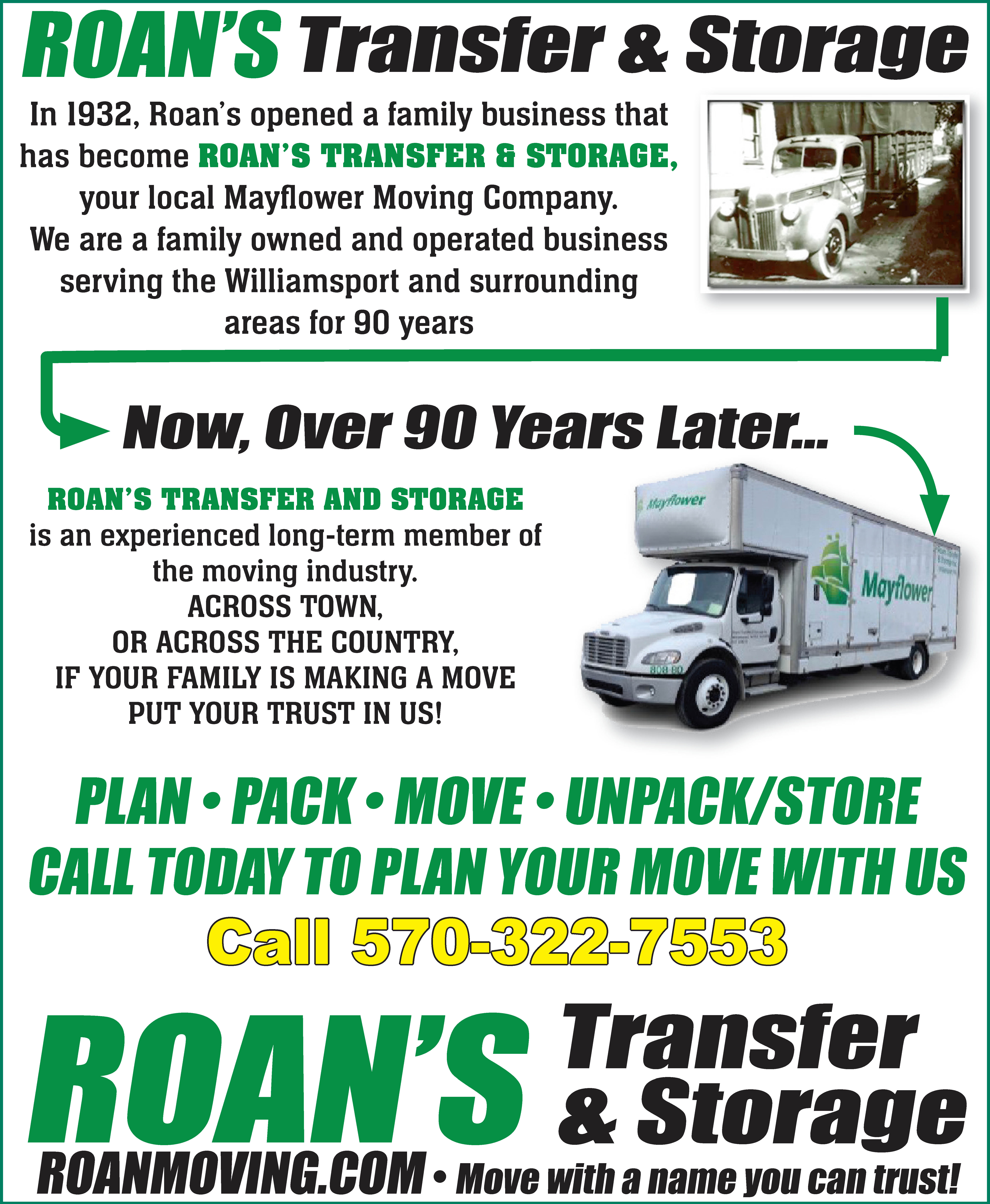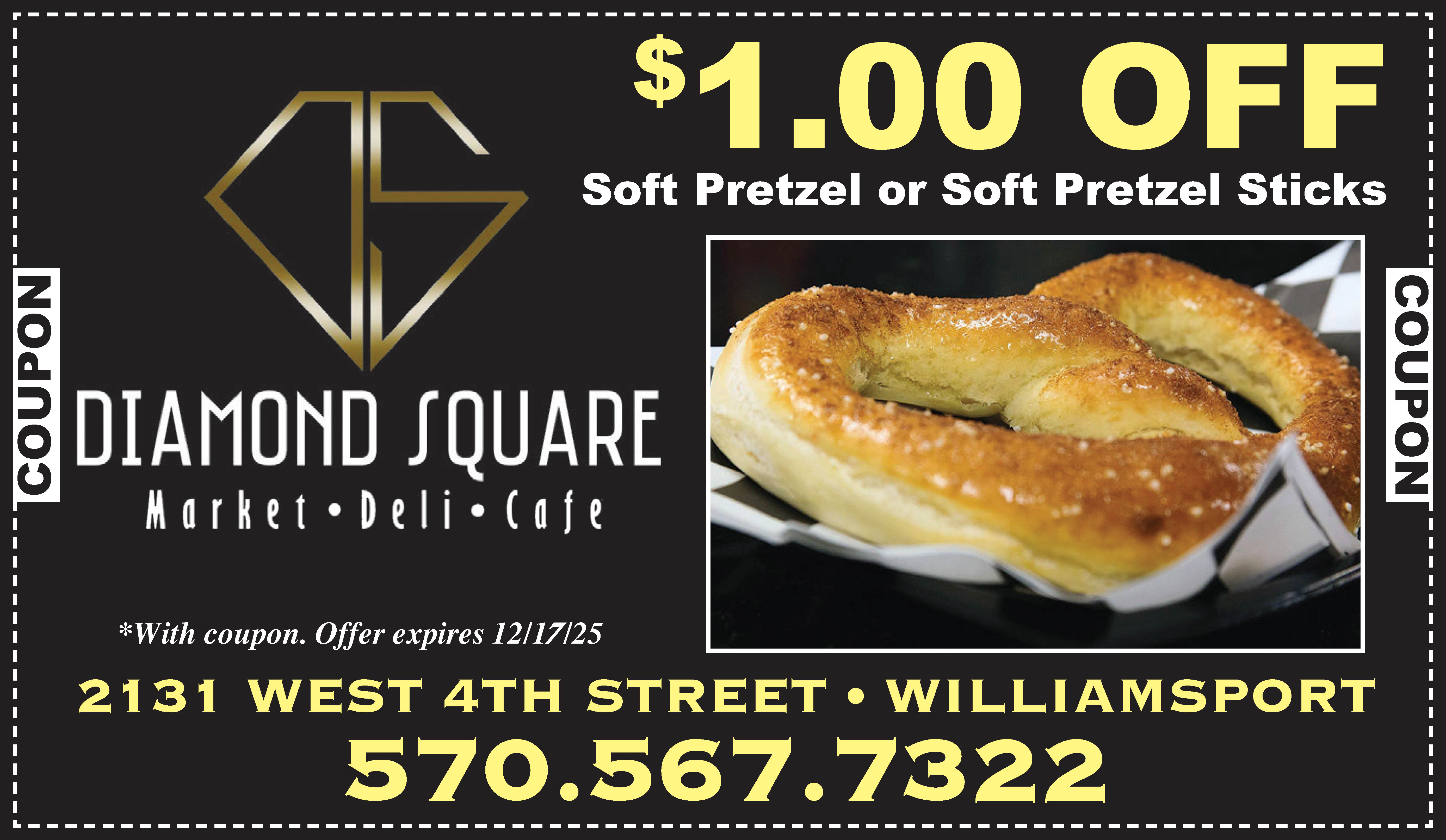Who knew gingerbread could be so scary?
Not just gingerbread but also menacing mansard roofs, turrets, and steep gables.
Add a menagerie of windows, some slate and stone, and you have the signature design elements of a Victorian-style home and the blueprint for a sinister haunted house.
With Halloween only days away, creepy films will be featured on many channels. And many of those films will feature haunted houses of Victorian design.
Imagine you’re lost on a stormy night, walking aimlessly in a foggy mist until you spot a house rumored to be haunted.
What does that house look like?
Chances are pretty good you envisioned a rambling Victorian that’s seen better days.
Older films and television shows featuring Victorian-style homes as haunted places helped solidify the connection between Victorian architecture and horror.
From the popular HBO series “Lovecraft Country” to the kooky spooky TV show “The Addams Family,” to “Beetlejuice,” “Hocus Pocus,” and “The Munsters,” the Victorian home is the go-to design for the creepy and scary haunted house.
And who could forget Norman and Mama Bates rundown Victorian on a hill in Alfred Hitchcock’s slasher classic “Psycho”?
With its towering mansard roof and narrow windows that resemble empty eye sockets in a skull, this certainly isn’t the typical idea of home sweet home.
Over the years, many film historians and architecture experts have debated why the Victorian is the favorite style dwelling for spooks and spirits.
Although a haunted house story can take place in everything from a mid-century split-level, 1940’s bungalow or log cabin in the deep woods, a Victorian has more character to make things interesting.
Basements in most homes tend to be a bit creepy but imagine the basement of a massive Victorian manor.
The size, shape, and overall vibe of a Victorian give it a spooky advantage.
What would be more sinister, a vengeful spirit walking the hallway of a two-bedroom ranch house on Morning Glory Circle or a ghost lording over a large country manor with turrets and a tower?
The Victorian era itself is unique with its way of dress and eccentric customs.
A perfect example is the Victorian human hair wreath. This was the practice of creating small wreaths from the hair of deceased loved ones. These creations would be framed and displayed in the home.
Many larger Victorian homes fell into disrepair and neglect when the original homeowners passed away, and architecture became simpler and streamlined.
Since Victorian homes are not the norm, they hold a certain sense of mystery and uncertainty.
Most Victorian homes featured dark interiors thanks to dark woodwork and heavy drapes used to retain heat during the cold winter months.
With extra floors and full-size attics, this added more mystery to the Victorian-style home. Was there some dark secret hidden away like Thornfield Hall in Jane Eyre?
So the next time you’re lost and aimlessly walking in a dense foggy mist, and you come across a Victorian house, seek shelter elsewhere and look for a nice colonial or Tudor style home.




Leave a Comment
Your email address will not be published. Required fields are marked with *